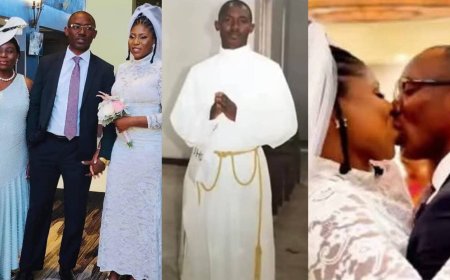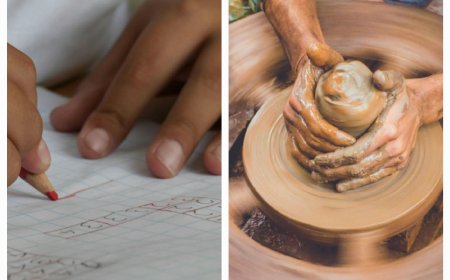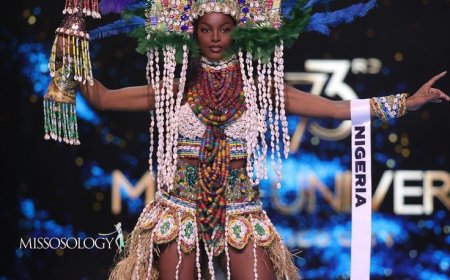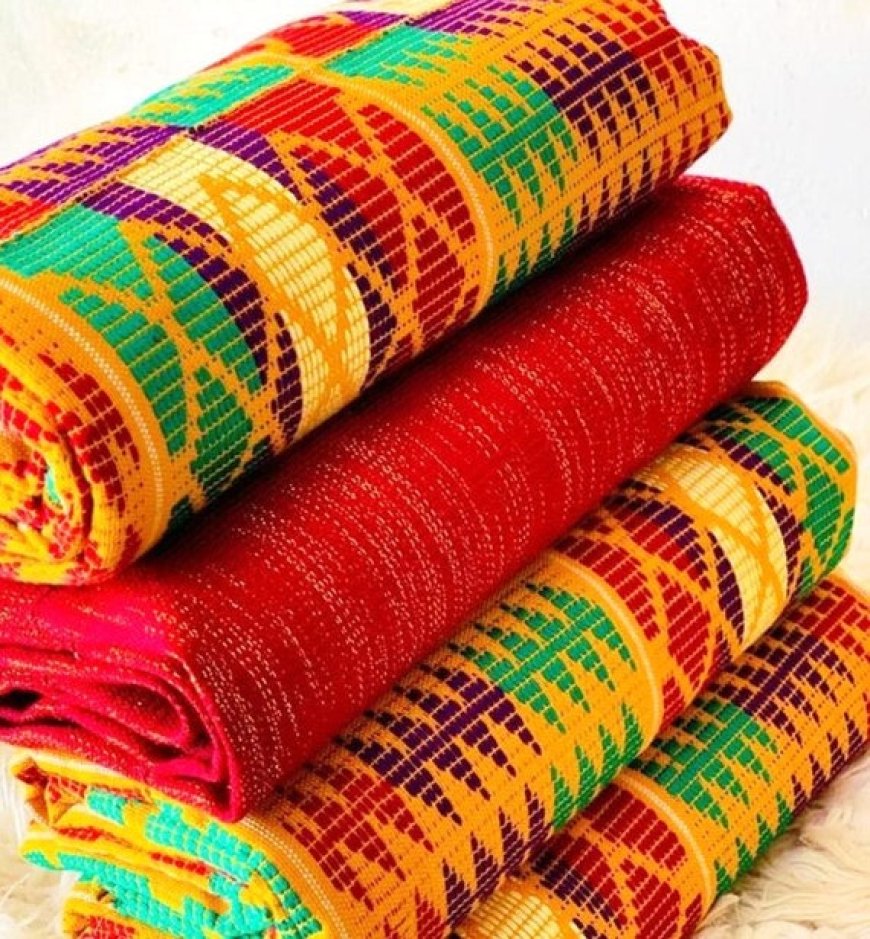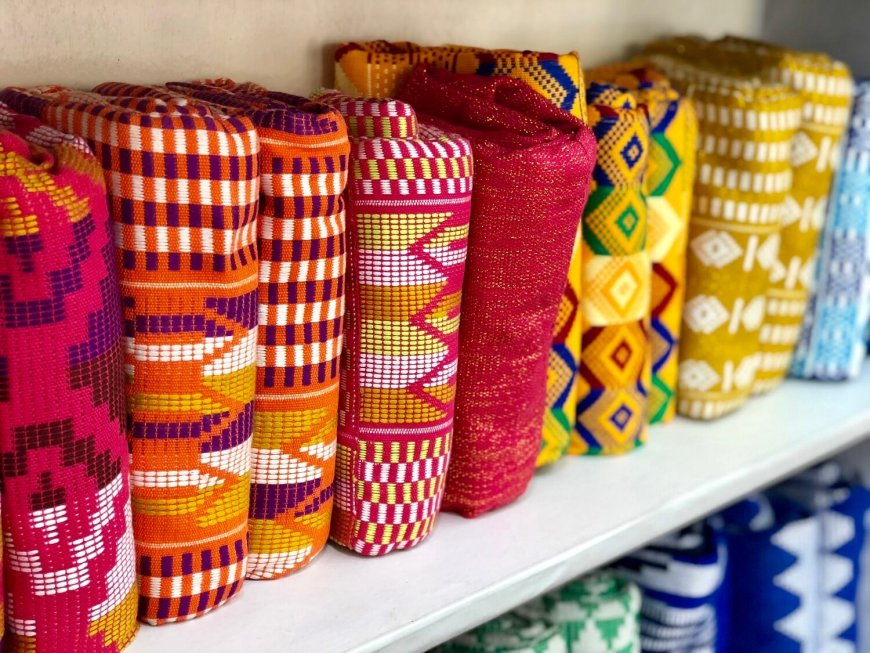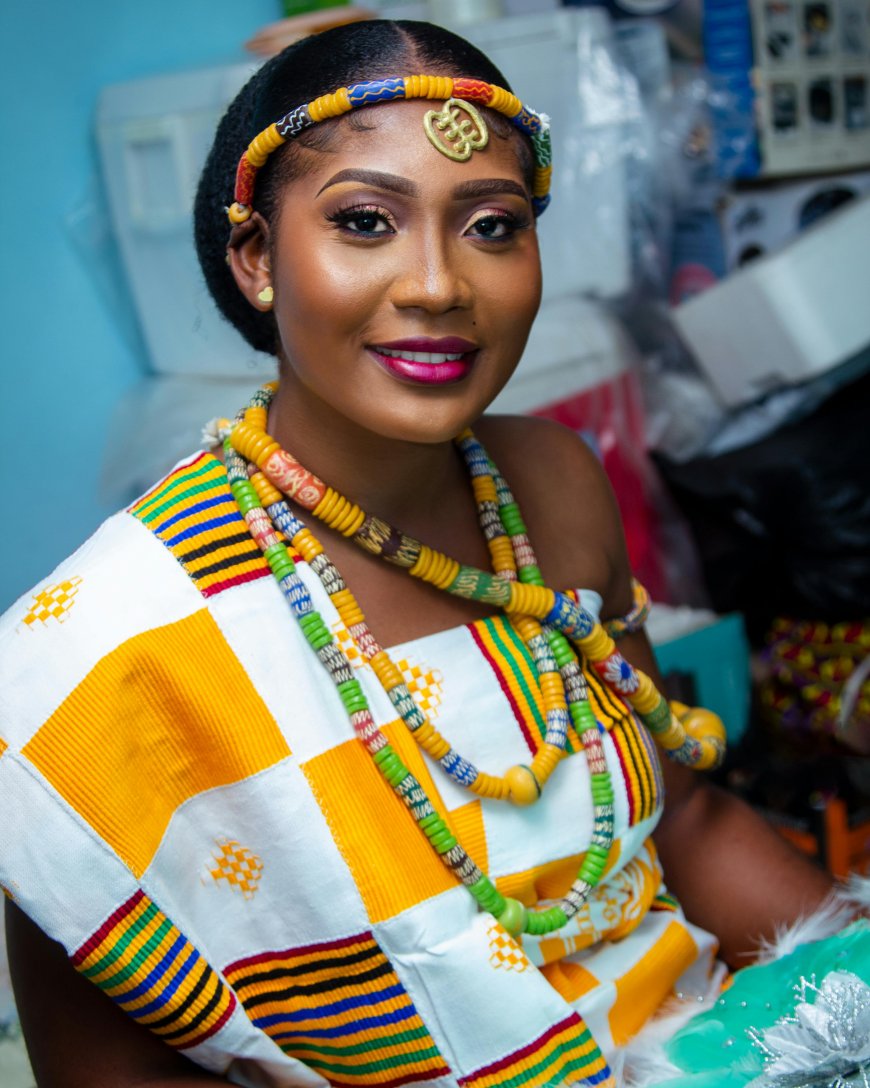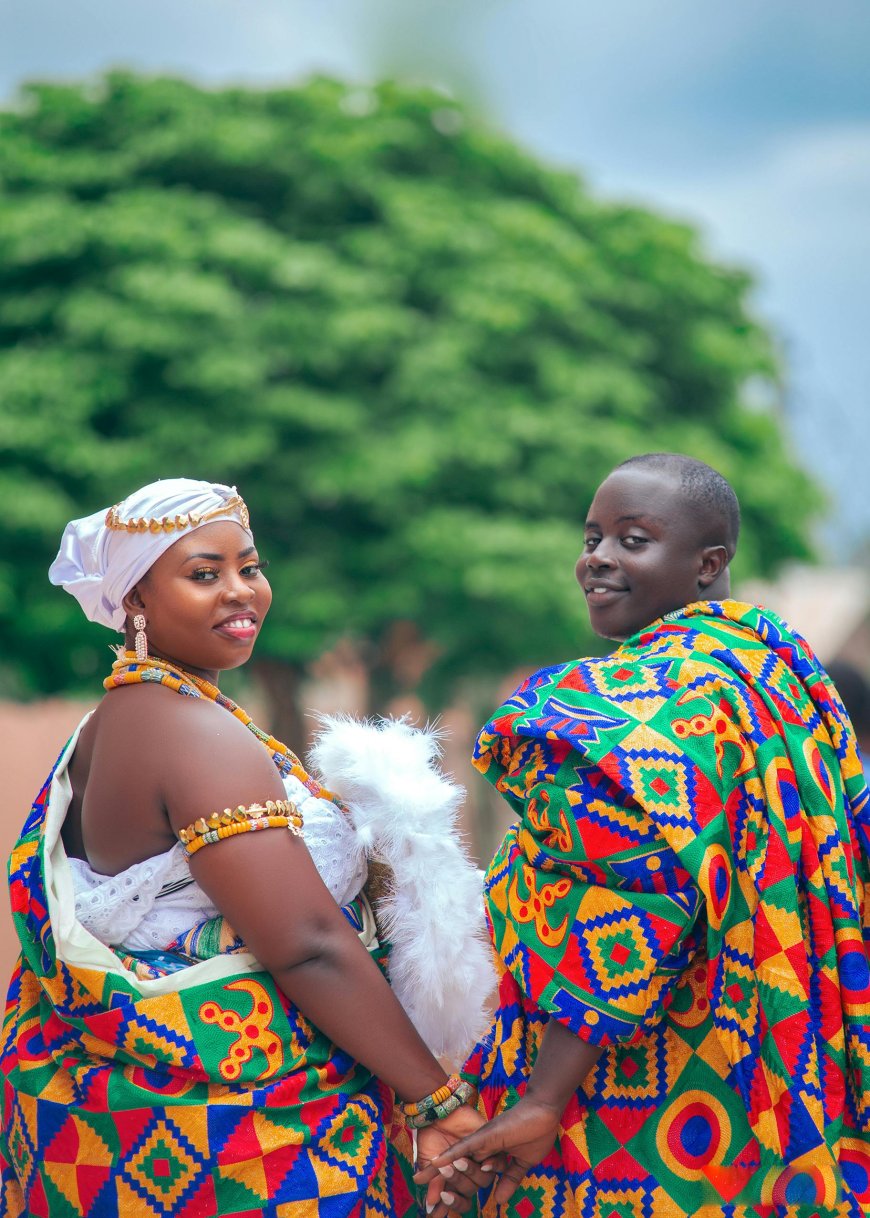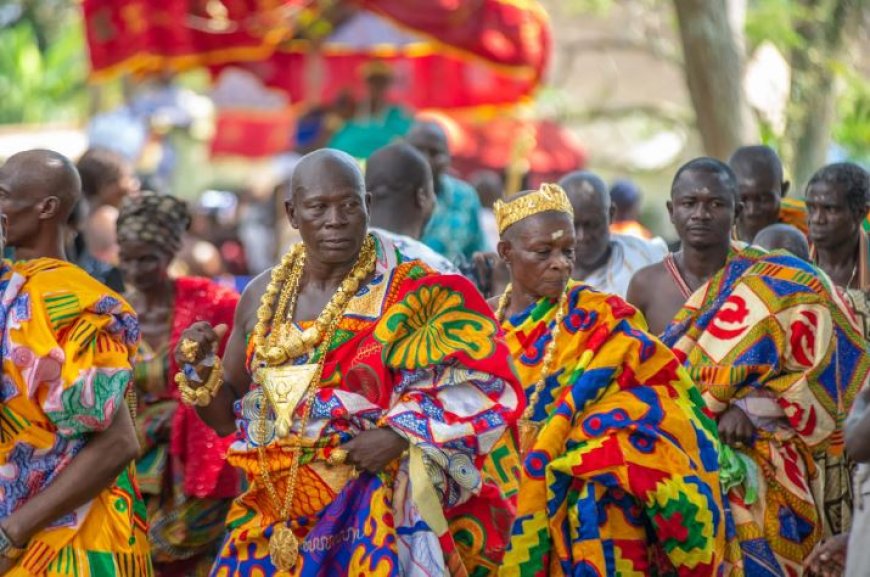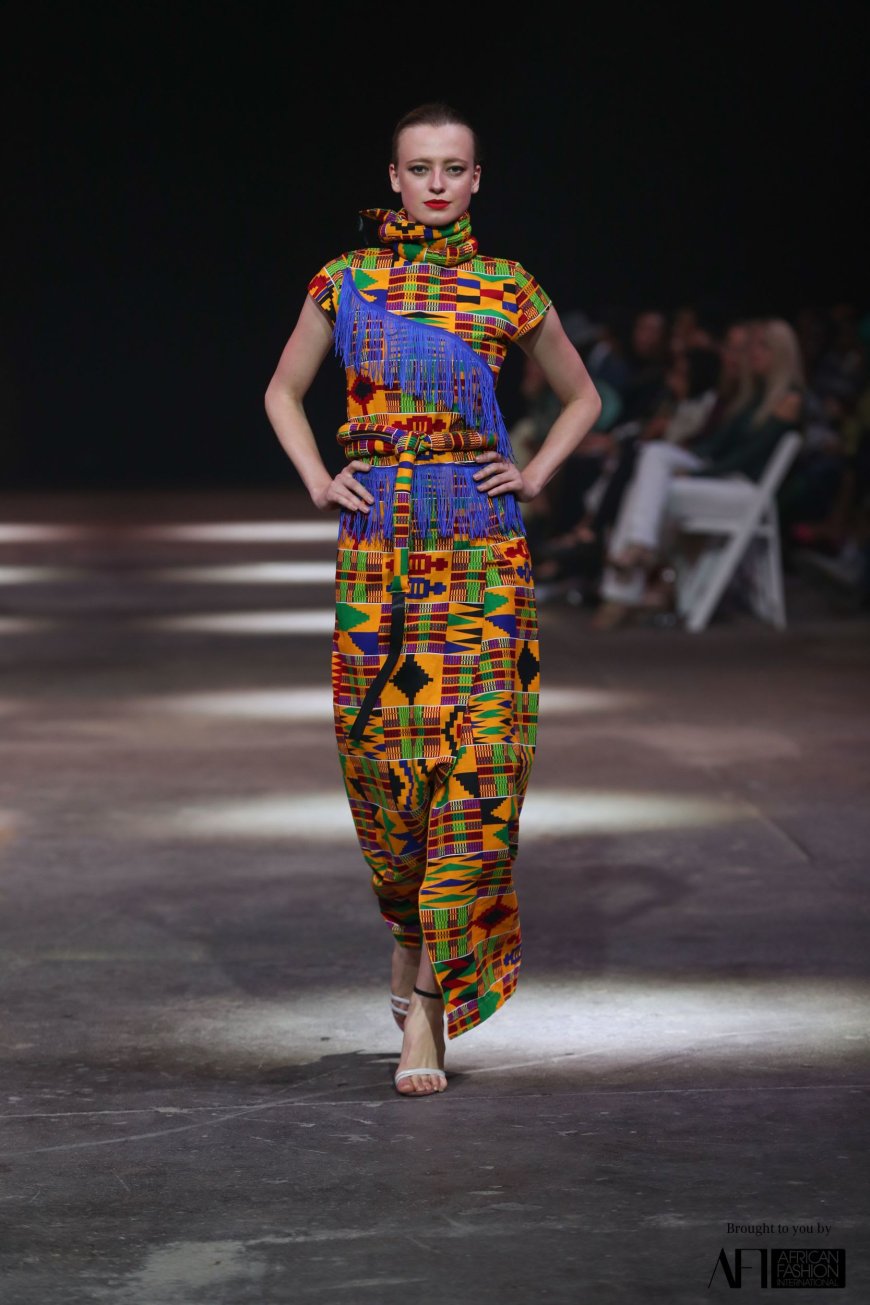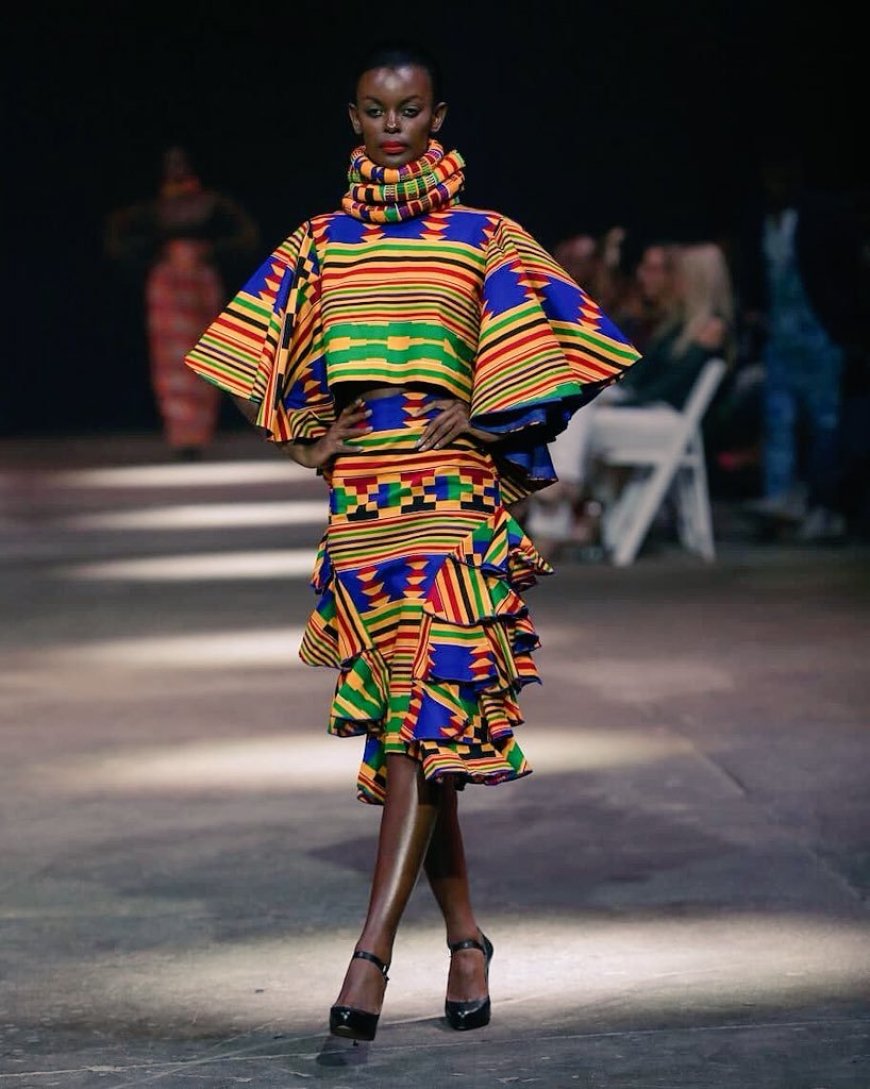Ghana's Kente Cloth: Symbolism and Modern Fashion
Ghana's Kente cloth is a symbol of cultural pride, originating in the Ashanti Kingdom and once reserved for royalty. Its patterns and colors each carry deep meanings—gold for royalty, black for maturity—telling stories of heritage and values. Worn at significant ceremonies, Kente represents authority, unity, and spirituality. Today, Kente has become a global fashion icon, seen on runways, streetwear, and in diaspora celebrations. While machine-made versions threaten traditional craftsmanship, efforts to support artisans are helping preserve its authenticity. Kente remains a bridge between Ghana’s past and present, uniting tradition with modern style.
Ghana's Kente Cloth: Symbolism and Modern Fashion
The Kente cloth is not just a piece of fabric. It is a symbol of pride, heritage and a story that is woven into the very fabric of Ghanaian culture. From its royal origin to its global influence in modern fashion, Kente has evolved in ways that preserve tradition while embracing change. Let's look at the history, meaning and beauty behind the Kente cloth and how it is making waves in today's fashion world.
A Brief History of the Kente Cloth
The origin of the Kente cloth dates centuries back, to the Ashanti Kingdom of Ghana. Legend has it that two Ashanti men, Kuragu and Ameyaw, were inspired by the intricate patterns of the spider's web. They decided to try weaving their own cloth, and over time, what started with simple raffia fibers turned into something more sophisticated, incorporating silk brought through trade. What made the Kente cloth unique was not just the material but its deeper connection to royalty and power. At a point, it was a fabric reserved for only kings and queens, and only worn during sacred occasions to symbolize status, wealth and spiritual depth.
The Language of Kente: Patterns and Colors with Purpose
One of the most fascinating things about the Kente cloth is that it is more than just a pretty design. Each pattern and color, tells a story or conveys a message. The weavers intentionally choose these elements to represent historical events, philosophies or values.
Patterns that speak
For example, the pattern called "Emaa Da" meaning "it has not happened before", celebrates uniqueness and innovation. Another famous pattern, "Sika Futuro" which means "gold dust", reminds us of the wealth and royalty that the Ashanti Kingdom once commanded. Each design is like a piece of art that speaks volumes about Ghana's rich cultural history.
Colors with meaning
In Kente, colors are not randomly picked. They have specific meanings.
•Black represents maturity and spiritual energy
•Gold speaks to wealth, royalty and grandeur.
•Green symbolizes growth and fertility
•Red is for political struggles and sacrifice
•White stands for purity and spiritual connection.
Imagine wearing a piece of Kente at an important event, knowing that the colors and patterns you are adorned with are actually telling a story, making a statement about who you are and the values you uphold.
The Role of Kente in Ghanaian Ceremonies
In Ghana, Kente plays a significant role in many life milestones and public ceremonies. It is worn during weddings, funerals, naming ceremonies, graduations and other ceremonies.
At Weddings
At traditional Ghanaian weddings, Kente outfits are often carefully chosen between the bride and groom. The fabric and its patterns may symbolize unity, love or the prosperity they wish to experience as a couple. For example, gold is usually worn to invoke the blessings of wealth and success for the new union.
At Funerals
The Kente is not only for happy occasions. Darker colors like black and red, symbolizing grief and mourning are usually worn during burials. However, some families choose to add touches of white, especially if they see the death as a spiritual release rather than as a loss.
At Naming Ceremonies
When a child is born, the Kente is part of the celebration as well. During the naming ceremony, the baby is wrapped in Kente to symbolize the family's desire for the child's future; a future filled with growth, wisdom and prosperity.
At State Functions and Events
Even at the highest level of the society, the Kente is usually a key player. Ghanaian chiefs, kings and other dignitaries wear it during important state events to signify authority and leadership. The fabric is usually paired with traditional gold jewelry, reinforcing its association with royalty.
Kente As A Global Modern Fashion Icon
As much as the Kente cloth is steeped in tradition, it is also a global fashion trend. Designers everywhere are incorporating Kente into their collections, giving it a fresh look while honoring its rich cultural roots.
High Fashion's New Favorite
The Kente's bold patterns and colors have made it a favorite among fashion designers globally. You will find it on the runway, in luxury collections, and on the red carpet, with celebrities rocking Kente-inspired dresses, suits and accessories. It is a fabric that bridges the gap between culture and contemporary style, making a statement that is both fashionable and meaningful.
The Kente in Streetwear
The Kente cloth has also found its way into streetwears especially among young people in Ghana and beyond. Hoodies, sneakers and T-shirts with Kente patterns are becoming popular ways to express the African heritage while keeping up with global fashion trends.
The Diaspora Love for Kente
For the African diaspora, Kente has become more than a fashion statement. It is a way to stay connected to their roots. In places like the U.S. and the UK, people of African nationality wear Kente during cultural events like Black History Month, Juneteenth, and even on college campuses for graduation ceremonies. Kente stoles draped over graduation gowns are a common sight, symbolizing both academic achievement and cultural pride.
As the Kente fabric continues to grow in popularity, there are concerns about how it is being produced. The traditional Kente weaving is a symbol of love done by skilled artisans using handlooms. However, machine made Kente has started dominating the market, leading to a drop in the demand for the handcrafted version, and concerns about the loss of cultural craftsmanship.
Thankfully, many designers and brands are taking steps to ensure that the Kente fabric production remains sustainable and respectful of its roots. They are working directly with Ghanian weavers, offering fair wages and promoting ethical fashion practices. The idea is to keep the tradition alive while adapting to modern needs and preserving Kente's authenticity for generations to come.
Kente cloth is more than just a piece of fabric. It is a symbol of Ghana's cultural heritage, a celebration of African identity, and a bridge between the past and the present. It carries stories, values and traditions that have been passed down for generations. Today, Kente has become a global fashion icon, worn by people from all walks of life who appreciate both its aesthetic appeal and the depth of meaning woven into its patterns.
As the fashion world continues to evolve, Kente stands out as a timeless piece of art; one that connects the wearer to centuries of history while offering a bold modern statement. And whether it is worn at a traditional ceremony in Ghana or on a fashion runway in New York, Kente remains a powerful symbol of cultural pride and artistic expression.
What's Your Reaction?









